Zanzibar
- About
Where is Zanzibar and why visit?
The Indian Ocean archipelago of Zanzibar is one of the four islands, located off the coast of East Africa. It’s warm tropical climate, crystal blue waters, rich marine diversity, and exotic culture draw visitors from around the world.
The largest island is Unguja, often referred to as Zanzibar and the other one is Pemba Island. The capital is Zanzibar City, which is located on the island of Unguja. It is about 25 miles (40 km) off the coast of the mainland and about 60 miles (100 km) from Dar es Salaam, Tanzania’s largest city.
On the island, Paje is known for its kitesurfing whereas, Matemwe has more peaceful surroundings and local town life. Nungwi, nestled on Zanzibar’s northernmost tip, witnesses beautiful sunset views which has the kind of white coral sand that seems to glow. As a result, each ocean side of the island represents its own character.
Why not start with enjoying a day of relaxing under the sun and cooling off in the sea. Zanzibar’s crystal clear waters, palm trees swaying in the breeze, and fresh coconuts with a straw is awaiting for you. Later, slip into your swimsuit and head out to find a deserted beach where you can relax and watch turtles.
For many tourists, sunset is one of the most beautiful scenes on a beach, so get your camera ready and capture the magic moments of nature. Every morning and in the evening, you will enjoy a nature’s light show as the sky comes to life at both sunrise and sunset. The skies are as vivid as you could imagine with shades of pinks, purples, yellows, and oranges lighting up the sky in the hours of early morning and in the evening.
Zanzibar is a semi-autonomous region of Tanzania with its own government. As a result, its constitution allows the island to have a flag of its own. Because of its strategic location along the spice and slave trade routes in the Indian Oceans, Zanzibar has been a stronghold for many countries throughout its history. It has a long history of its unique culture, history, and architecture. Though, the Arab influence on Zanzibar and Pemba islands is evident in the people.
The total area of the archipelago is about 2,000 Sq. Miles (5,200 sq. km), with a population of slightly over 1.6 million people.
Zanzibar’s main industries include tourism, agriculture, and fishing. The island is famous for its spices as it produces cloves, nutmeg, black pepper, and cinnamon.
That’s why this gorgeous island is rated one of the best places to visit in Africa.
What to do in Zanzibar?
- Stone Town, a UNESCO World Heritage Site and it's the oldest part of Zanzibar city. It is also, a major attraction for its 19th-century architecture along with the rich cultural heritage of Arab, Persian, Indian, and European elements.
- The Zanzibar archipelago in the Indian Ocean is mainly comprised of several scattered islands but the two of the largest are Pemba and Unguja.
- This island is otherwise called the 'Spice Island' because of the abundant assortment of spices grown and traded on the island's numerous markets.
- Another popular place worth visiting is the Jozani Forest Reserve which is the home to an unique and playful red colobus monkey and also Aders' duiker.
- Another popular place worth visiting is the Jozani Forest Reserve which is the home to an unique and playful red colobus monkey and also Aders' duiker.
- Zanzibar's best kept secret is its caves, like Kuumbi, Machaga and Mwanampamber are found in the village of Jambiani, Pete and Makunduchi in the southern region of Unguja island.
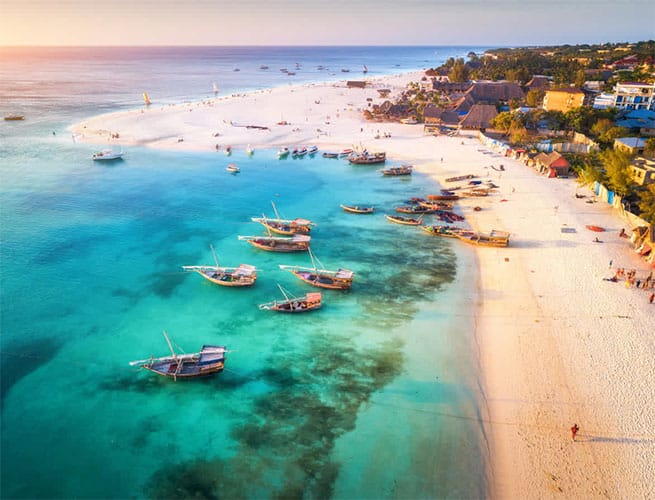

Can you do safari from Zanzibar?
Yes, absolutely! We can offer tours starting from or ending in Zanzibar to any Tanzania national parks. Feel free to ask us for guidance or questions regarding your desired itinerary keeping your comfort and convenience as our priority.
Where are the best beaches in Zanzibar
- Bwejju beach located on the south-eastern side of the island
- Michamvi beach is located on the east side of the island and north of Bwejju beach
- Nungwi beach is situated on the topmost northern side of the Island
- Kendwa beach is located on the south side of Nungwi beach and northern side of the Island
- Kizimkazi beach is located on the southern part of the Island
- Pongwe Beach is located on the Northeastern part of the Island and northwestern side of Michamvi beach
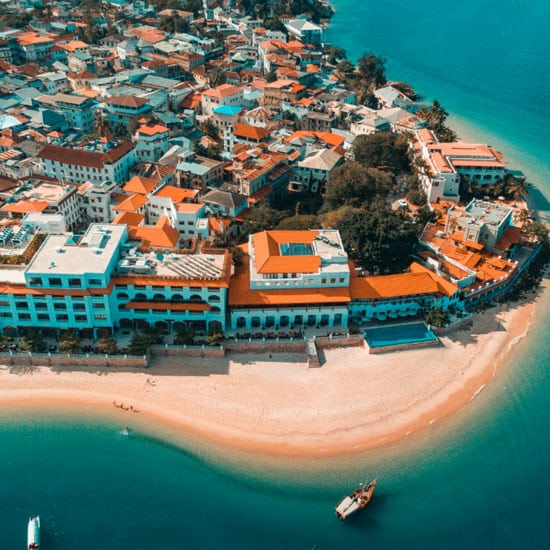
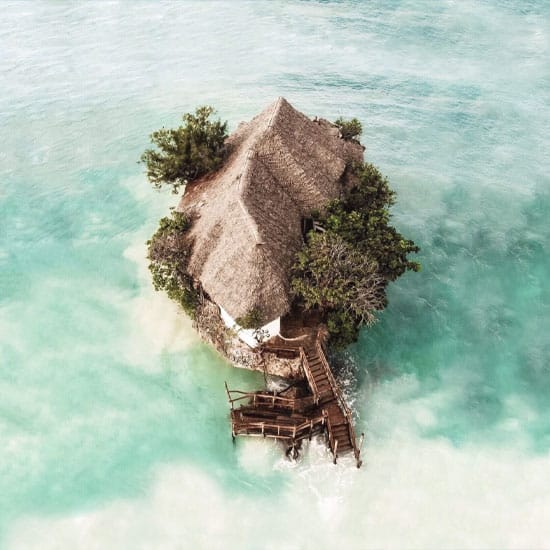

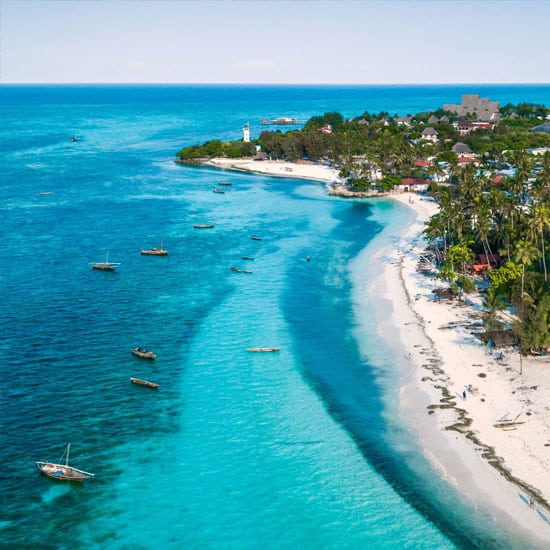
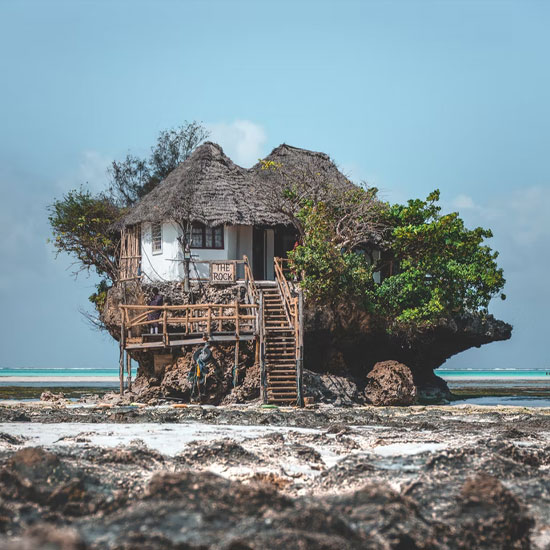
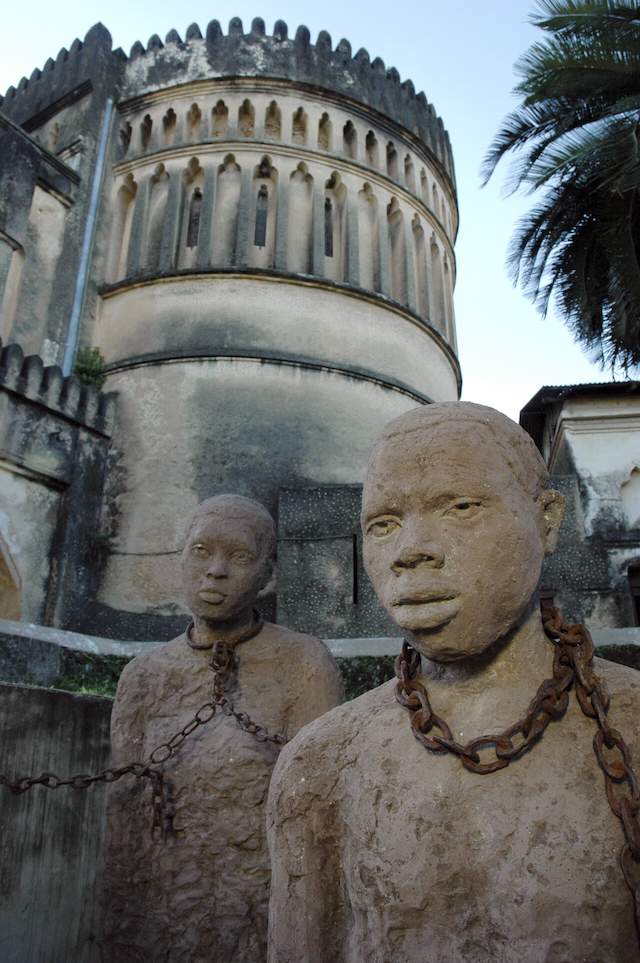
HISTORY & CULTURE
Zanzibar has a long and varied history as the original inhabitants of the islands were Arabs, and its’ influence on the island and Pemba Islands is evident in the people of Zanzibar. The Portuguese occupied the town in the 16th century and ruled it for over a century.
In 1698, the Sultan of Oman expelled the Portuguese and took over the town. The Sultan then established the Zanj Sultanate and made Zanzibar the capital of his empire. The Sultan ruled over a vast area that included parts of East Africa, the Persian Gulf, and the Red Sea. The Zanj Sultanate lasted until 1856 when the British and the Sultan of Oman signed the Treaty of Friendship, which made Zanzibar Island a British territory.
The British ruled this island until 1963 and later the island became independent. In 1964, it merged with Tanganyika to form the United Republic of Tanzania.
The main town of Zanzibar, known as Mombasa, was an important trading post for slaves and other goods. Overall, the people of Zanzibar are a mix of Arabs, Africans, and Indians and the official languages are Swahili and English. Though, Islam is the dominant religion, the culture of the island is a mix of Arab, Indian, and African influences.
What else to visit when you are near?

The Markets
The Darajani Market is the main food market in Stone Town and, the entire Island. It simply has it all from spices to fresh fish, seafood, meat, and chicken including a full section for fruits and vegetables. Tourists will also find shops that sell clothes, shoes, and household goods.
The Forodhani Gardens is a small park in the historical city of Stone Town and are located along the main seawalk of Stone Town, just in front of the most famous buildings like the House of Wonders and the Old Fort. The Gardens are especially busy after sunset, when tourists and locals gather in the popular food street markets in the main square, to have dinner with local delicacies.
The Jozani Forest
The Jozani Forest is located in the center of the Jozani-Chwaka Bay National Park, 38 km southeast of Stone Town. It is the home of the endangered red colobus monkeys. You can book tours from Stone Town (or any ocean-side retreat) that are pretty safe. They will take you through the experienced backwoods, surrounded by teak and mahogany, raffia palms, and wild date palms.
The Jozani Forest today protects diverse habitats ranging from swamp forests, the evergreen thickets to mangroves. Each of these habitats inhabits a diversity of wildlife species especially Sykes, bush pigs, Ader’s duikers, red colobus monkeys, and birds.
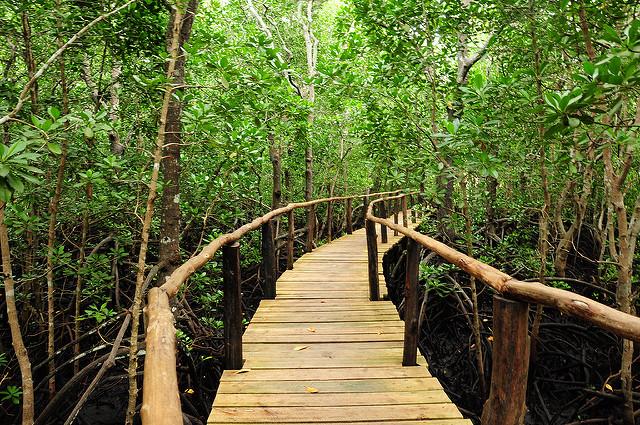
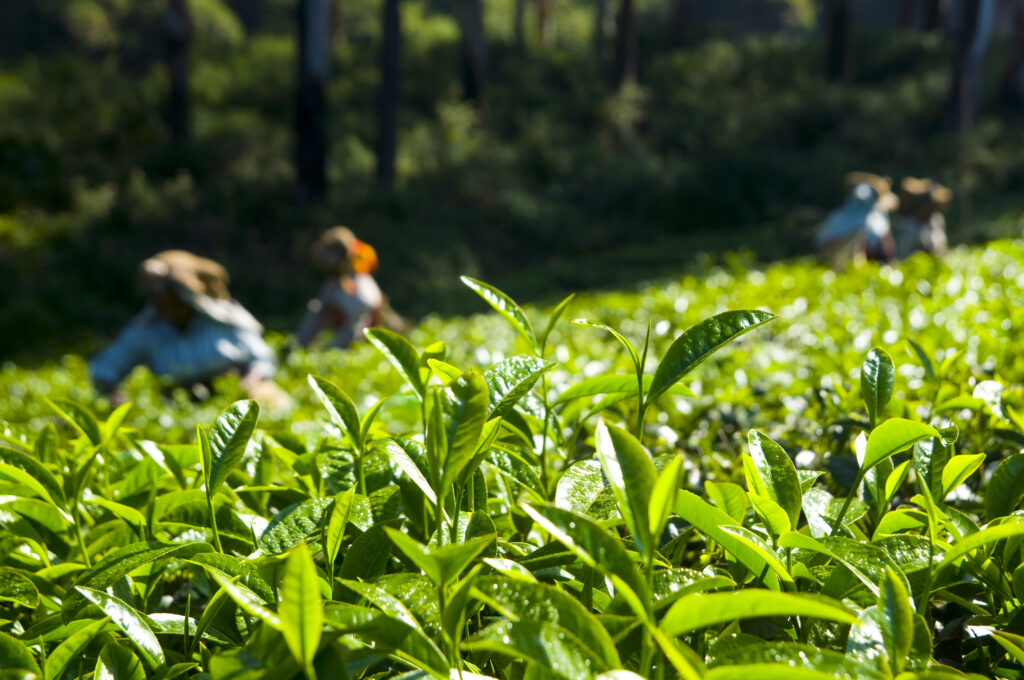
The Spice Plantations
This is a popular activity and it involves getting to know more about the spices and exotic fruits found on the island.
Island offers plantations of the spices like cloves, cinnamon, nutmeg, turmeric, chili, black pepper, vanilla, garlic, and fruits like coconuts, papaya, and jackfruit, oranges, pineapples, and a few types of bananas.
During the the spice tour you’ll be walking around spice plantations and getting to know about how spices, herbs, and fruits are grown on the island.
Shopping In Stone Town
It is fun shopping in Stone Town with a continuous supply of small local boutiques through its winding streets with a maze of alleyways. There are shops for textiles/fabrics, souvenirs jewelry, antiques, wood carvings, and canvas paintings. It is important to know that bargaining is pretty common when shopping in Stone Town. Regardless of you buy or not the experience will be so much fun.
Gizenga Street is another stop with craftsmanship exhibitions selling the ordinary local Tingatinga compositions, African carvings, and vivid kangas, all with average maxims engraved on them, and Maasai beaded ornaments. The area around Shangani Street has a few more upscale gift shops.

- Climate
Summer (October – April)
20°C/68°F Max: 30°C/86°f
- Climate
Winter (May – September)
19°C/66°F Max: 25°C/77°F
Winter is the peak season with warm temperatures and low rainfall whereas short rains fall in November and longer rainfall in the months of April and May.
- Let us show you the world!
POPULAR Zanzibar TOURS
Related Blogs
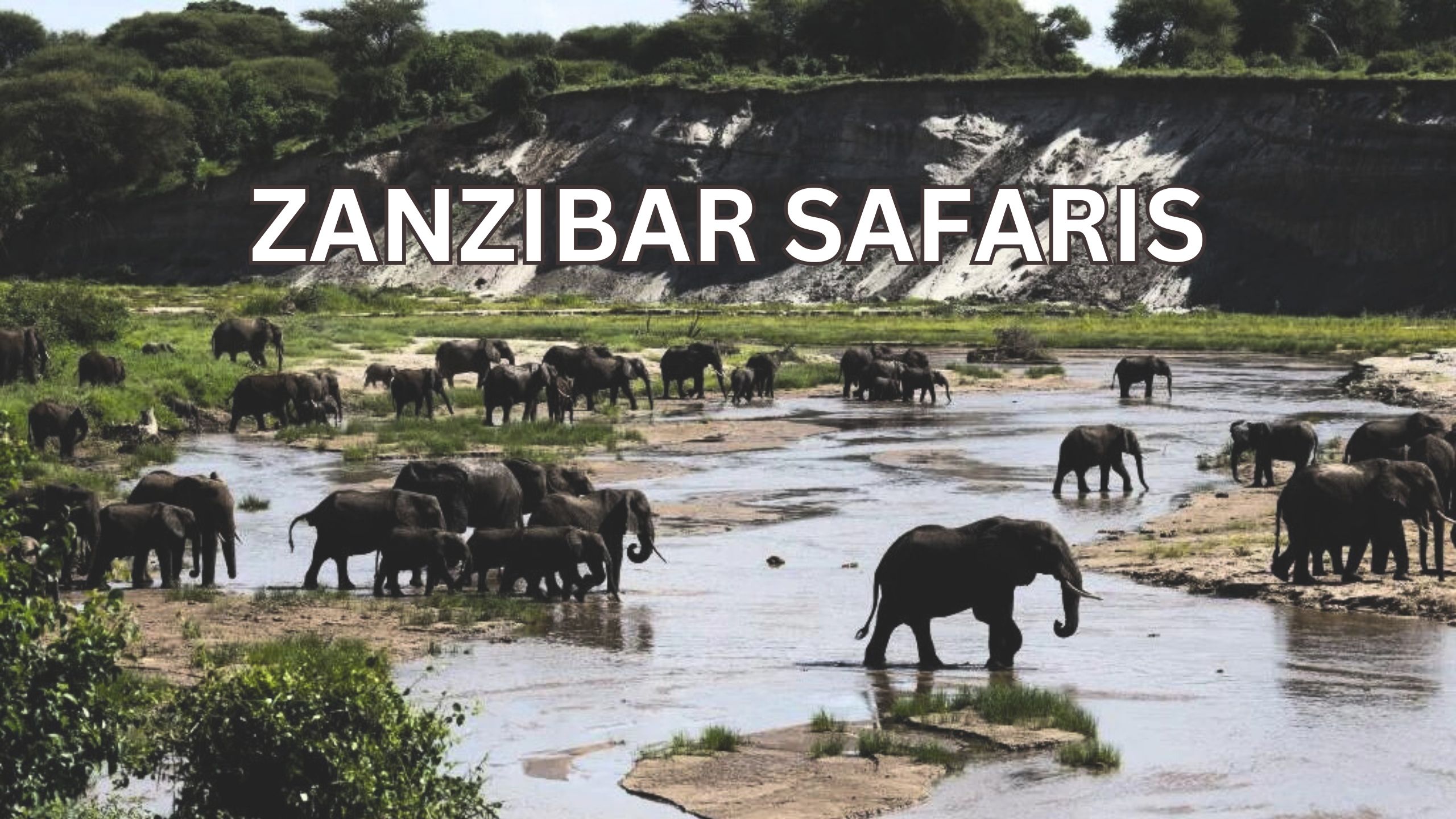
Zanzibar Safari Rooftop of Africa – Exploring the Wild Beauty in 2023
Zanzibar Safari: Rooftop of Africa offers a unique and exhilarating adventure, combining the best of two worlds: the stunning beaches and cultural heritage of Zanzibar

Best Beaches in Zanzibar, Tanzania
Zanzibar, an archipelago off the coast of Tanzania in East Africa, is a tropical paradise renowned for its stunning beaches, crystal-clear turquoise waters, and vibrant
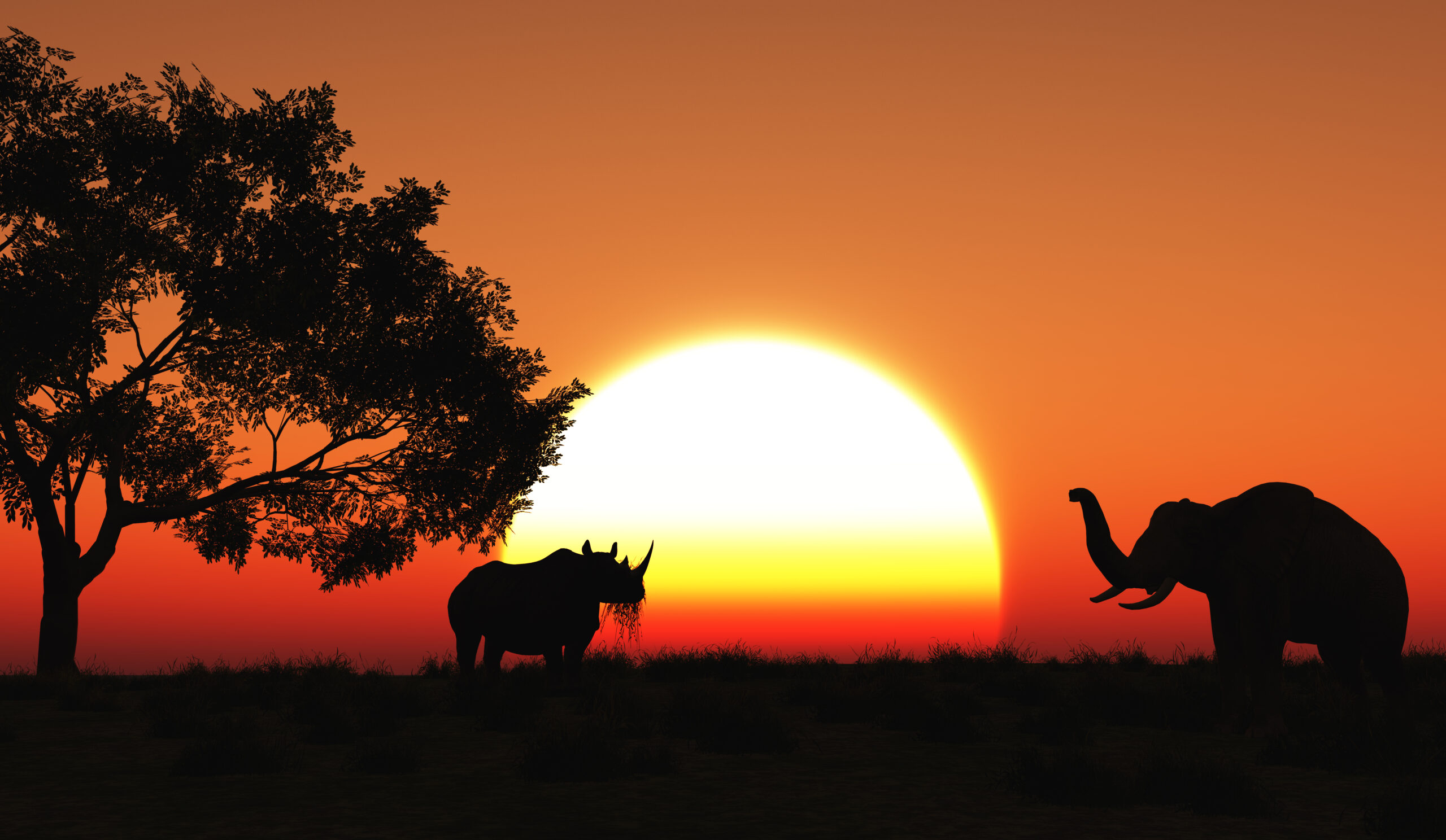
Top 10 Reasons to Visit Africa for Your Next Vacation
Looking to visit Africa? Discover the top 10 must-see attractions that will make your trip unforgettable. From stunning wildlife to vibrant culture, delicious food, and scenic landscapes, Africa has something for everyone. Start planning your African adventure today and experience the trip of a lifetime.

